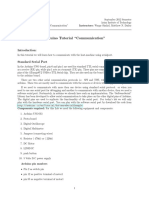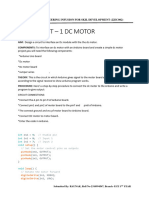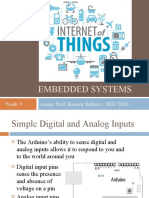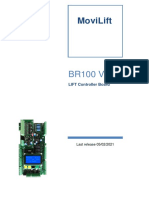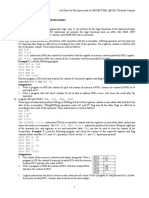0% found this document useful (0 votes)
12 views3 pagesCoding Midterm
This document outlines the components and wiring needed to set up a communication system between two Arduino boards using I2C. It includes detailed instructions for connecting a switch, potentiometer, LED, and servo motor, as well as the corresponding code for both the master and slave Arduino. The master reads the switch and potentiometer values, while the slave controls the LED and servo based on the received data.
Uploaded by
Rana KhanCopyright
© © All Rights Reserved
We take content rights seriously. If you suspect this is your content, claim it here.
Available Formats
Download as PDF, TXT or read online on Scribd
0% found this document useful (0 votes)
12 views3 pagesCoding Midterm
This document outlines the components and wiring needed to set up a communication system between two Arduino boards using I2C. It includes detailed instructions for connecting a switch, potentiometer, LED, and servo motor, as well as the corresponding code for both the master and slave Arduino. The master reads the switch and potentiometer values, while the slave controls the LED and servo based on the received data.
Uploaded by
Rana KhanCopyright
© © All Rights Reserved
We take content rights seriously. If you suspect this is your content, claim it here.
Available Formats
Download as PDF, TXT or read online on Scribd
/ 3






